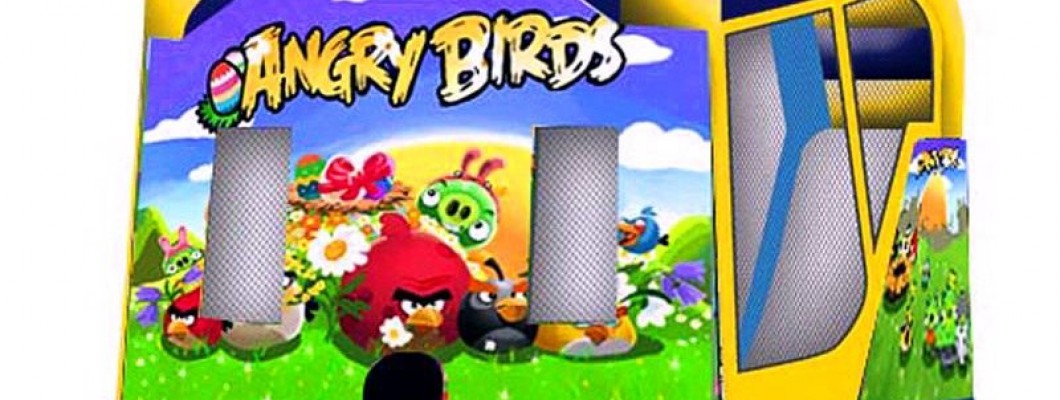
Bounce houses are a popular attraction at parties and events, providing fun and entertainment for kids. However, setting up a bounce house on a hard surface like concrete requires extra precautions to ensure safety. Here’s what you need to know about safely setting up a bounce house on concrete.
Preparation and Safety Measures
Setting up a bounce house on concrete can be done safely by following these steps:
- Use a Ground Cover: Place a thick, durable tarp or ground cover underneath the bounce house to provide cushioning and protect the bottom of the inflatable from abrasions.
- Secure the Bounce House: Use sandbags or water bags to anchor the bounce house securely. Ensure that the anchoring points are properly attached to the inflatable to prevent it from moving.
- Check for Hazards: Inspect the area for any sharp objects, debris, or uneven surfaces that could cause injury or damage to the bounce house.
- Supervise at All Times: Always have an adult present to supervise the children and ensure they follow the safety rules. Supervision helps prevent accidents and quickly addresses any issues that arise.
Advantages of Setting Up on Concrete
While grass is typically the preferred surface for bounce houses, there are some advantages to setting up on concrete:
- Stability: Concrete provides a stable, flat surface that can help keep the bounce house level and secure.
- Cleanliness: Concrete surfaces are usually cleaner and less likely to have mud or dirt, reducing the amount of debris tracked into the bounce house.
- Accessibility: Concrete areas, such as driveways or patios, are often more accessible and convenient for setup and takedown.
Disadvantages and Considerations
Despite the advantages, there are some important considerations when setting up a bounce house on concrete:
- Injury Risk: Hard surfaces increase the risk of injury if children fall or bounce out of the inflatable. Extra padding around the bounce house is crucial.
- Damage to the Bounce House: Concrete can cause more wear and tear on the bottom of the bounce house compared to softer surfaces like grass.
- Heat: Concrete can become very hot in direct sunlight, which could cause discomfort or burns. Ensure the surface is cool or shaded before allowing children to play.
Setting up a bounce house on concrete can be done safely with proper precautions and careful planning. By using ground covers, securing the bounce house, and ensuring constant supervision, you can provide a fun and safe environment for children. Always prioritize safety and take the necessary steps to mitigate risks associated with hard surfaces.

Leave a Comment